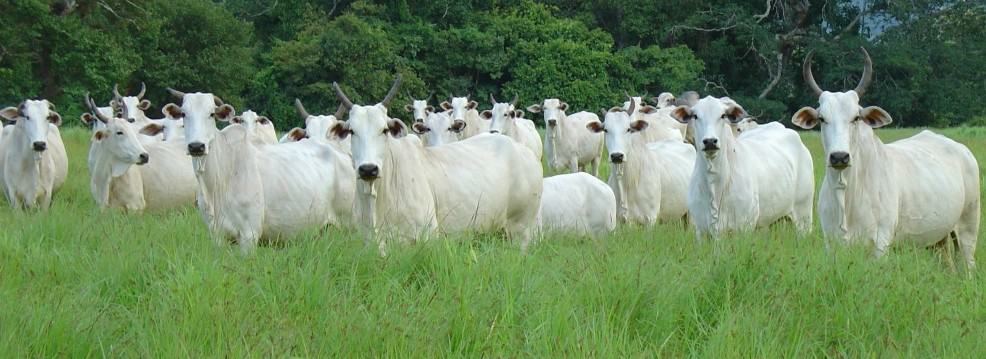
First Aid in Cattle Health Management for Cattle Farmers
A robust herd health programme for bovines is important for progress in dairy cattle as breeding is seriously impeded and the effects of good management and feeding cannot be felt in diseased animals.
Key Points to Keep the Animals Healthy
- Animal sheds and surroundings should be kept clean
- The good quality nutritious feed should be provided to the animals
- Clean drinking water should be made available to the animals always
- Elimination of mosquitoes, ticks, etc from the sheds and animals
Examination of Health Condition of Animal
- The animal should be examined at the time of milking and feeding both in the morning and evening.
- Proper diagnosis and control measures should be taken in order to prevent the spread of diseases.
Signs of Health
- Eating with relish and rumination
- Dung is semi-solid in consistency with dark green colour
- The urine of healthy animals is clear and straw-colored
- Muzzle and nostrils are moist
- The normal temperature in cattle is 38.30 C to 38.80 C while in buffaloes it is 37.80 C to 39.30 C
- No fluctuation in milk yield
Signs of Ill Health
- Animals separating from the general herd showing weakness and lack of alertness
- Stoppage of rumination
- Fever is noticed
- Redness in the eye and lacrimation observed
- Hairs are raised on the skin
- The yellow colour of dung indicates that the animal is suffering from constipation and loose motions indicate that it is having cholera
- Change in quality and quantity of milk produced is an early indicator of disease
- Undigested food particles in the dung indicate there is some disturbance in the digestive system
- Animals which are not taking feed while milking may be suspected of having fever or some kind of indigestion
- Injuries to legs and horns are common in cattle.
- Apart from this excess intake of grain-rich diet, or fodder may lead to bloating and impaction.
- Necessary treatment should be done immediately or else the animal may be in danger.
Wounds
- The wounds should be thoroughly cleaned in a potassium permanganate solution.
- Septic wounds should be cleaned with hot saline water.
- In case of bleeding from the wound, a bandage can be applied with the help of ganze cloth or cotton after applying sulphonamide powder.
- Maggot infestation can be treated by removing the maggots initially with a forceps and then camphor oil, turmeric powder or custard leaf can be applied.
- Neem oil can be used as fly repellent.
Yoke Gall
- It is a condition characterized by local swelling upon neck caused due to constant irritation of yoke or plough.
- Camphor mixed in coconut oil should be applied on the affected portion.
- In case of severe swelling iodine, ointment can be applied. Due to this, it will rupture and then it can be treated like an ordinary wound.
- The animal should not be allowed for carting until the swelling ceases.
Horn facture
- The hanging portion of the horn should be removed.
- Bleeding can be prevented by applying a bandage with a white cloth dipped in water.
- A sugar solution should be applied to the bandage. Consult the veterinary doctor for further treatment.
Sprain
- Hot fomentations with water should be applied thrice daily on the affected portion.
- Massage the area with camphor oil
- In case if it is possible to tie a bandage then it should be done with the help of tamarind leaves
Impaction
- Due to the overfeeding of fodder without water intake or due to intake of a grain-rich diet will lead to impaction of the rumen.
- Important symptoms include the stoppage of rumination, dry and hard flakes of dung and severe abdominal pain.
- Stop feeding the animal with any kind of diet.
- 250 ml of castor oil can be given as a drench
- It if is not subsided in two days then consult the veterinarian
Bloat
- A mixture of 50 ml of camphor oil and 500 ml of good quality oil should be drenched.
- Stop feeding the animal till the bloat subsides
- Small quantities of rice gruel can be fed
Non-specific Dairrhoea
- The animal should be drenched with half a litre oil
- A mixture of 20 gms of kaolin and 20 gms of crota should be mixed in the gruel and can be fed to the animal
Vaccination Schedule
- Proper vaccination should be done to the animals at appropriate age in order to prevent the occurrence of diseases.
Dr. Rajesh Kumar Singh
Jamshedpur, India. Mo: 9431309542.
Email: rajeshsinghvet@gmail.com
